Diabetic foot is a common and serious complication for patients with diabetes. Mild cases may cause skin damage and ulcers, while severe cases may lead to infection or even require amputation.
Early detection of abnormal plantar pressure and pressure concentration areas is of great significance for the prevention and treatment of diabetic foot.
The plantar pressure distribution system is precisely a powerful tool for the prevention and treatment of diabetic foot, and its advantages should not be underestimated.
First, it can accurately capture the distribution of plantar pressure.
The system uses pressure sensors on the plate to convert the pressure at each contact point of the foot in real time into electronic signals, generating intuitive pressure images and curves.
Diabetic patients often have reduced sensory perception due to neuropathy and are not aware of local high-pressure areas. The plantar pressure distribution system can scientifically display these high-pressure points, allowing medical staff to identify potential danger zones in time and provide early warning.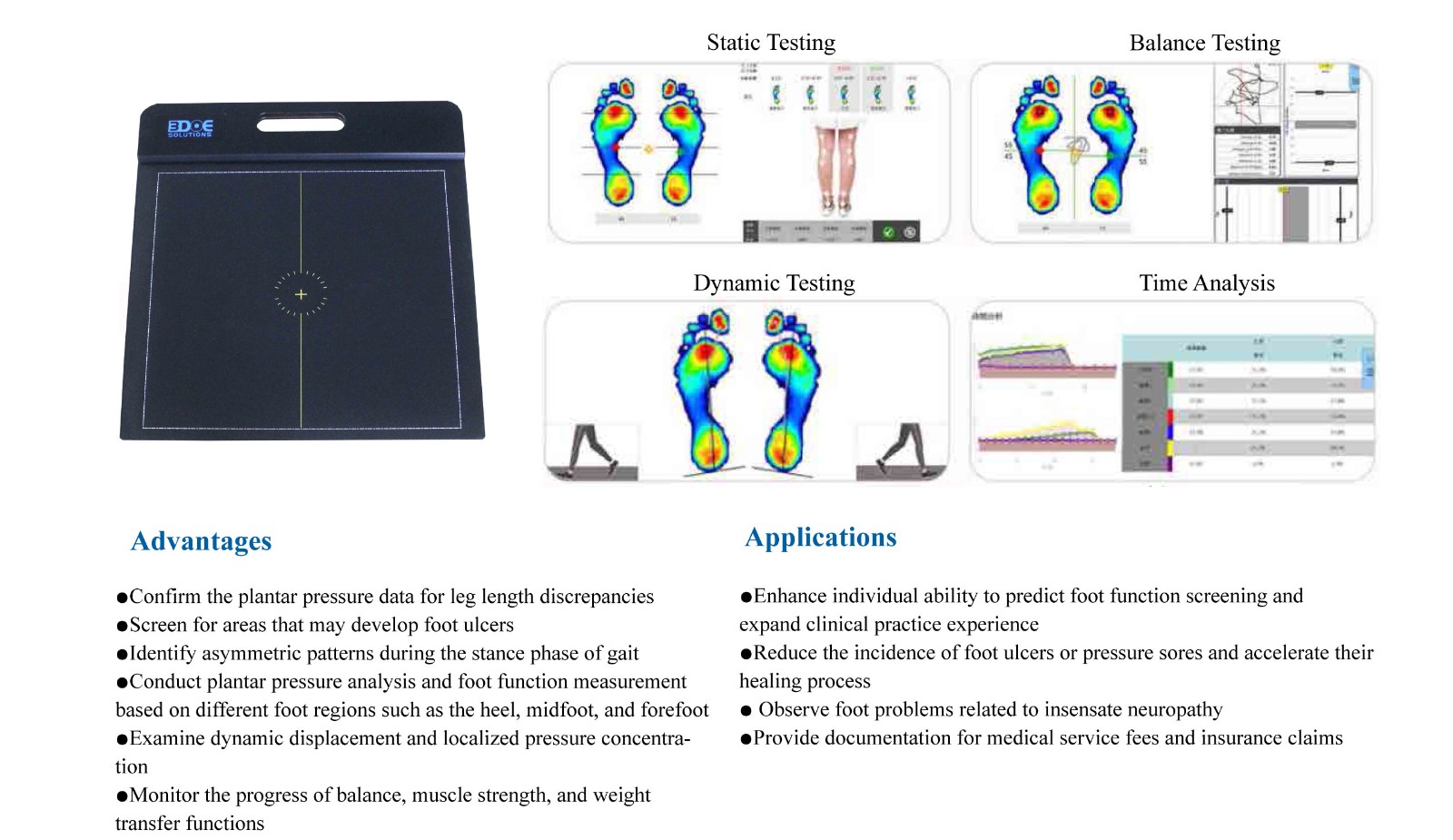
Second, the system can perform both static and dynamic evaluation.
Static evaluation can show phenomena such as center-of-gravity deviation while standing, unequal load between left and right feet, and arch collapse. Through dynamic evaluation, we can observe changes in plantar pressure during walking or running, identifying abnormal gait and areas of concentrated load.
This comprehensive analysis allows a more thorough assessment of foot risk in diabetic patients, rather than relying only on visual observation or subjective perception.
Third, it provides a scientific basis for personalized intervention.
Based on the pressure distribution map, doctors can design pressure-relieving insoles, custom shoes, or rehabilitation training plans to scientifically redistribute high-pressure areas, reducing local stress and preventing ulcers.
This intervention method is accurate and targeted, avoiding secondary injuries caused by blind measures.
In addition, the plantar pressure distribution system can also be used for long-term monitoring.
The risk of diabetic foot is dynamic. By regularly scanning and recording changes in pressure distribution, medical staff can track disease progression and adjust intervention plans in a timely manner to achieve continuous management.
For patients, this means a shift from passive treatment to active prevention, significantly improving foot health management.
In summary, the advantages of the plantar pressure distribution system for the prevention and treatment of diabetic foot are mainly reflected in high-precision pressure detection, comprehensive static and dynamic evaluation, guidance for personalized intervention, and long-term risk monitoring.
It makes hidden plantar pressure abnormalities “visible,” helping doctors, rehabilitation specialists, and patients intervene early, thereby reducing the occurrence of diabetic foot and achieving scientific and accurate foot health management.

 +86-0755-86131192
+86-0755-86131192 2025-10-13
2025-10-13 Back to list
Back to list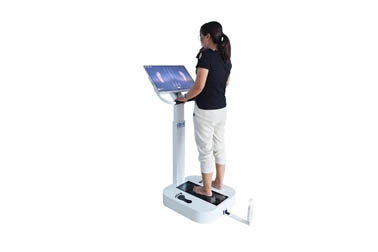
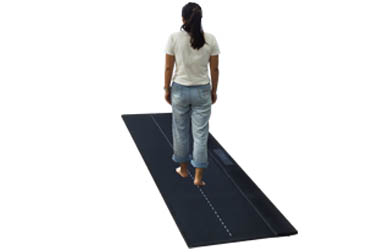
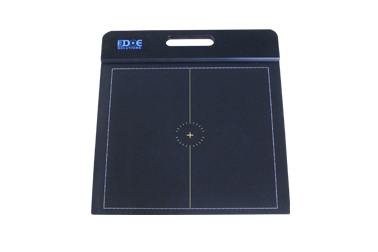
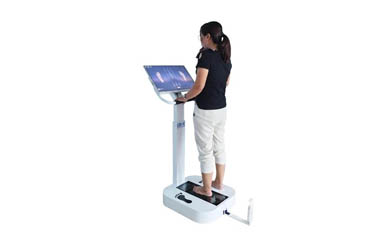
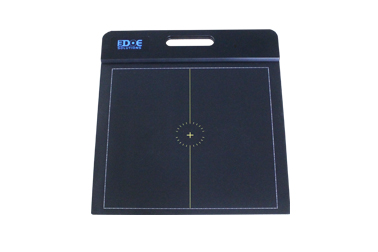
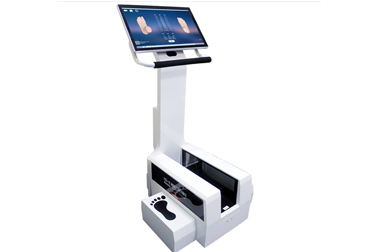



 +86-0755-86131192
+86-0755-86131192